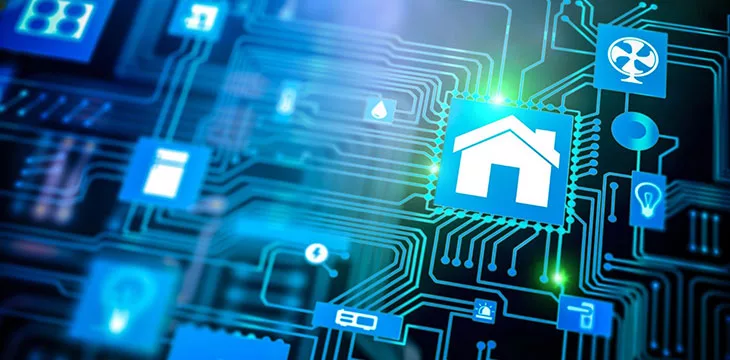|
Getting your Trinity Audio player ready...
|
OpenAI is preparing to enter the hardware space by developing an artificial intelligence (AI) device.
Sam Altman, the CEO of OpenAI, is reportedly collaborating with the design studio LoveForm to create this device. LoveForm will significantly contribute to the design and user experience, while OpenAI provides the technology powering the device.
The project is in its very early stages, and has been actively poaching talent to build up the team creating the device. Recently, LoveForm brought Apple’s (NASDAQ: AAPL) seasoned design executive, Tang Tan, on board to shape the look and capabilities of the OpenAI device.
AI wearables and the race for smart home dominance
In 2023, we saw several new AI devices hit the market, including Meta’s (NASDAQ: META)
RayBan smartglasses and the Humane AI Pin. Both devices serve as early examples of how AI can offer new ways to interact with and understand our environment. Each device also highlights the challenges present in AI hardware; the success of AI wearables hinges on their ability to deliver real-world benefits without adding complexity.
No AI wearable provider has perfected this yet, but OpenAI’s entry into hardware, backed by Apple’s design philosophy, could set the stage for a new generation of AI devices that are more intuitive, efficient, and aligned with the human experience.
It is believed that one of the first devices from OpenAI will be a piece of hardware for the home, which means that OpenAI would be in direct competition with Amazon’s (NASDAQ: AMZN) Alexa and Google’s (NASDAQ: GOOGL) Home. Both devices have seen some adoption on a global scale and are often cited for their convenience in controlling smart home features, providing entertainment, and assisting with daily tasks through voice commands.
In other words, these devices allow users to turn their homes into “smart homes,” houses equipped with various machines that automate tasks normally handled by humans—like controlling the temperature, lights, and security/surveillance systems.
In a smart home, all devices that power the house are usually interconnected and accessible through one central point—such as a smartphone, tablet, laptop, game console, or an AI device like Amazon’s Alexa or Google Home.
The challenges and future of AI home devices
As OpenAI positions itself as a dominant player in the artificial generative intelligence (AGI) market, its user-friendly interface and services have opened the floodgates of AI accessibility, particularly for those without technical expertise.
However, the question remains: do consumers want another home device? Especially when the most popular use case for home AI devices is smart home management—a task already well-managed by smartphones.
When home devices aimed to tackle use cases outside of home management or acted as AI voice assistants in use cases beyond home automation, the result was underwhelming. For example, the AI voice assistant Siri, created by Apple, remains underutilized despite being on the market for over a decade.
Although AI devices and wearables are futuristic and aesthetically captivating, the future of these devices hinges on their ability to provide transformative user experiences that significantly surpass the convenience and efficiency of existing alternatives.
In order for artificial intelligence (AI) to work right within the law and thrive in the face of growing challenges, it needs to integrate an enterprise blockchain system that ensures data input quality and ownership—allowing it to keep data safe while also guaranteeing the immutability of data. Check out CoinGeek’s coverage on this emerging tech to learn more why Enterprise blockchain will be the backbone of AI.
Watch IEEE COINS Conference highlights: Intersection of AI & blockchain

 01-08-2026
01-08-2026 




